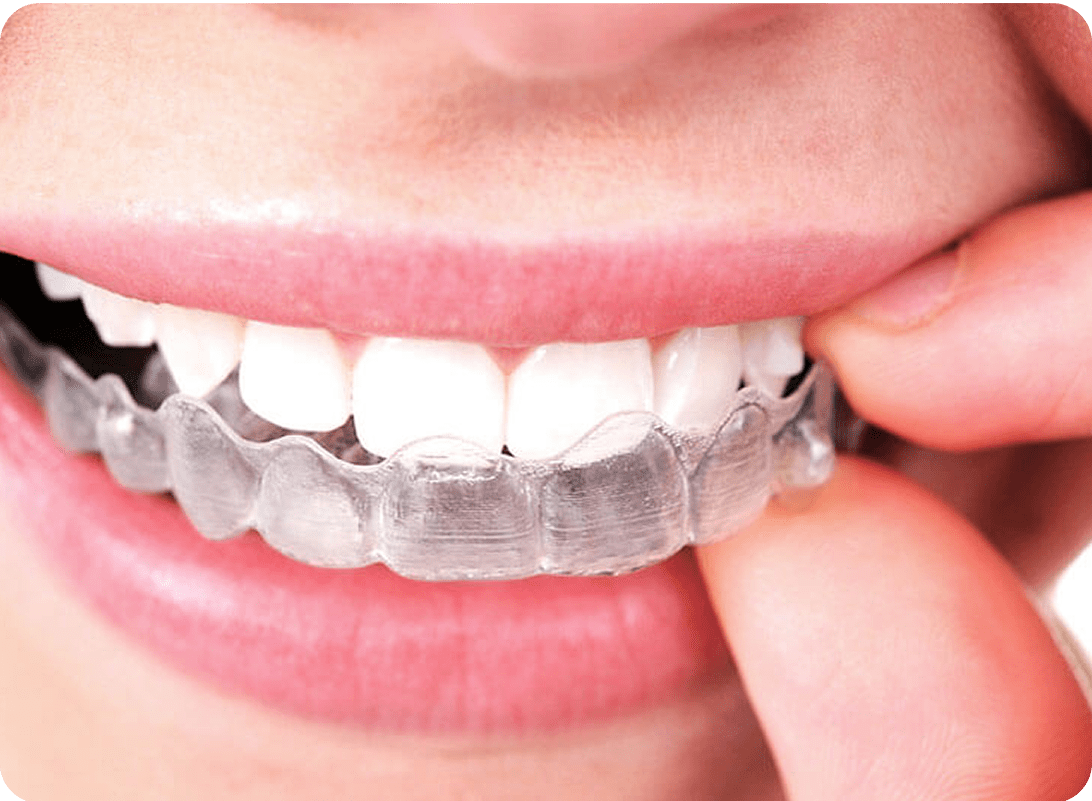When it comes to achieving a straight, confident smile, modern orthodontics offers more options than ever before. Two of the most popular choices are clear aligners (such as Invisalign®) and traditional metal braces. Both options are effective, but they differ in appearance, comfort, cost, and lifestyle impact. So how do you choose what’s right for you or your child?
Let’s break it down so you can make an informed decision with confidence.The Basics
Braces have been around for decades and involve a system of metal brackets and wires that are attached to the teeth and gradually adjusted to move them into the correct position. Today’s braces are sleeker and more efficient than ever, and ceramic (tooth-colored) options are available for a less noticeable look.
Clear aligners, on the other hand, are a series of custom-made, removable plastic trays that fit snugly over your teeth and move them in small steps. Patients wear each aligner for 1–2 weeks before switching to the next one in the series.Appearance
If appearance is a top concern, clear aligners are the clear winner. They’re virtually invisible, making them ideal for teens and adults who want to straighten their teeth discreetly.
Braces, while more visible, can now come with ceramic options and colorful elastics, which some kids and teens enjoy as a way to express themselves.
Winner: Clear Aligners (for discretion)
Comfort
While both options involve pressure to move the teeth (which can cause some discomfort), clear aligners typically result in less irritation to the cheeks and gums because they don’t involve brackets or wires.
However, aligners can feel tight or sore when switching to a new tray, and some patients may experience a temporary lisp.
Winner: Clear Aligners (for overall comfort)
Effectiveness & Complexity
Braces are generally more effective for complex cases—such as correcting severe crowding, bite issues, or large tooth rotations. Since they are fixed to your teeth, they can apply consistent and strong force in multiple directions.
Clear aligners are effective for mild to moderate cases, and newer technology has made them a good option for more complex treatments. However, they still may not be the best solution for every orthodontic need.
Winner: Braces (for complex cases)
Lifestyle & Flexibility
Clear aligners can be removed for eating, drinking (except water), brushing, and flossing, making them highly convenient. However, this freedom requires responsibility—they need to be worn 20–22 hours per day to be effective. Skipping wear time can delay results.
Braces, on the other hand, are fixed in place, so there’s no risk of forgetting to wear them—but you’ll need to avoid certain foods like popcorn, sticky candies, and hard snacks, and brushing around brackets takes more care.
Winner: Depends on the patient’s discipline and lifestyle
Maintenance & Oral Hygiene
Because clear aligners are removable, brushing and flossing is much easier compared to maneuvering around braces. This often leads to better oral hygiene during treatment.
With braces, extra care is needed to prevent plaque buildup and staining around the brackets. Orthodontic tools like floss threaders, interdental brushes, or water flossers can help.
Winner: Clear Aligners (for ease of hygiene)
Cost
Cost can vary depending on the complexity of your case, how long treatment takes, and your insurance coverage. Traditionally, braces have been the more affordable option, but the price gap has narrowed in recent years.
At our clinic, we’re proud to offer flexible payment plans for both options to ensure every patient has access to the care they need.
Winner: It depends—but braces may have a slight edge
Age & Suitability
Both braces and clear aligners are suitable for adults and teens. However, braces are generally recommended for younger patients who may not have the discipline to wear aligners consistently. Some clear aligner brands now offer options for teens with compliance indicators to help monitor wear time.
Adults tend to appreciate the discreet look of aligners and are often more committed to following the wear schedule.
Winner: Braces for kids and teens, aligners for adults
So, Which Should You Choose?
Ultimately, the best choice comes down to your unique needs, lifestyle, and preferences. Braces might be better for complex issues or younger patients, while clear aligners may be ideal for adults and teens who want a more flexible, discreet treatment.
At our mother-daughter orthodontic clinic here in Wichita, Kansas, we’re proud to bring decades of combined experience—and a warm, family-focused atmosphere—to every patient we treat. We take the time to get to know you, understand your smile goals, and walk you through your options with care.
We offer free consultations, so whether you’re leaning toward clear aligners or braces, we’ll help you find the best solution for your smile and lifestyle.Ready to take the next step toward your best smile?
Get in touch with our friendly team today to schedule your consultation. We’d love to help you or your child feel confident, cared for, and excited about the journey ahead.
Call our office to get started.
We’re here to answer any questions and make the process easy from day one.
Let’s smile together, Wichita!






